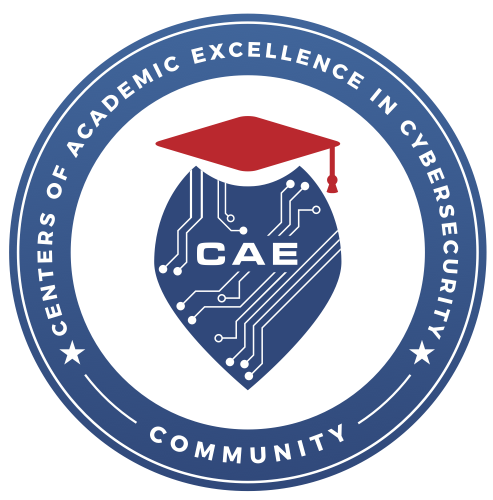Home | Advancing Technology Degrees | Advertising Art
Advertising and art are all around us. Whether on websites or TV, in magazines or digital media, the creative work of advertising artists are everywhere. The Advertising Art Bachelor's Degree at University of Advancing Technology (UAT) will develop students' artistic abilities and provide hands-on experience.
Advertising Art students will learn how to translate ideas through concept, design, production and implementation. UAT teaches students how to use the most advanced creative production tools and use design and advertising principles in new mediums.
Degree-seeking students will learn about the history and evolution of advertising as it relates to art, and create in mediums including visual design, photography, drawing and digital media within a working agency environment.
Graduates will be prepared to take positions related to the fast-paced fields of digital marketing and graphic design where they can help organizations enhance customer acquisition and retention.
UAT’s Advertising Art degree will help you design big ideas with technology in mind.
Check out some of this semester’s Advertising Art courses and gear up for fresh challenges. Unlock new skills and power up your education.
This course combines the application of color theory and introductory design principles. The function of traditional design principles incorporating color perception and color psychology give students a strong understanding of basic visual communication elements. Digital and traditional methods in design, color issues and media manipulation are covered, along with designing for an ethnically diverse international audience.
This course is an introduction to computerized layout and typography principles. The emphasis is on the visual effects of type as a design and communication element. Students will form an understanding of the fundamental rules related to page layout and type design, the study of letterforms and the practical application of these principles through student projects. The primary focus of the instruction addresses how type is used in contemporary graphic design applications. Students explore the creation of informative, experimental and expressive typographic forms by using traditional and computer-generated techniques.
This course unveils the art of visual storytelling. Storyboarding is an important skill for beginning directors to develop to pre-visualize shots and sets. It is also a critical skill in creating animation sequences and is important to the multimedia developer in planning the needs of a project. Students apply storyboarding techniques to scripts by accurately showing camera angles, placement of the actors, etc. Emphasis is placed on accuracy and presentation.
This course offers foundational knowledge of anatomy for artists. An in-depth study of the figure is essential to an artist’s understanding of the shapes, both bony and muscular, critical for achieving an accurate representation of surface anatomy. Sculpting the écorché figure in clay and completing numerous anatomical drawings, students develop a deep appreciation and understanding for the construction of the human body, which can be applied critically either directly from nature or their imagination.
This course is centered on 12 negotiation exercises that simulate competitive business situations. Specific topics covered include distributive bargaining (split the pie!), mutual gains framework, mixed motive bargaining (several issues at stake) with two and with more than two parties, auctions and fair division. Ethical dilemmas in negotiation are discussed at various times throughout the course. There are two principal objectives for this course. The first is to provide the student with negotiation tools that enable them to achieve their negotiation objectives in a fair and responsible fashion. The second is to learn by doing. That is, we provide a forum in which you actively apply these tools to a wide variety of business-oriented negotiation settings.
This course is an overview of Adobe Illustrator and InDesign and its application in creating 2D vector-based graphics to market an individual, product or service. Using these tools, along with advanced Photoshop techniques, students will learn to create digital assets and concepts that convey good design practice, brand consistency and establishing a brand story to audiences via the Internet, social media platforms, device-based applications and media channels.
Educating the next wave of innovators, our faculty leverage their experiences to mentor students to lead innovations and solve challenges in advancing technology.
UAT’s Synchronic Learning model provides an education framework that prepares superior graduates to become tomorrow’s innovators. This model embodies UAT’s methodologies, curricula and community dedicated to fostering an environment of innovation that promotes demonstrated mastery and job readiness.
How does UAT prepare superior graduates? Students are required to participate in projects that solve real problems. UAT requires students to innovate and create a working proof of concept that’s never been done before. Students complete internships, community projects and apprenticeship experiences to cultivate their ability to succeed in the workplace.

Network Security curriculum certified by the US National Security Agency's Information Assurance Courseware Evaluation program
